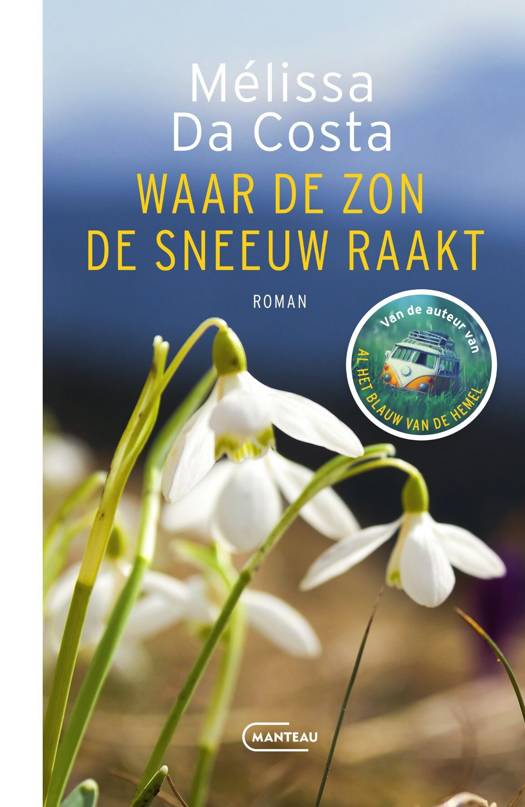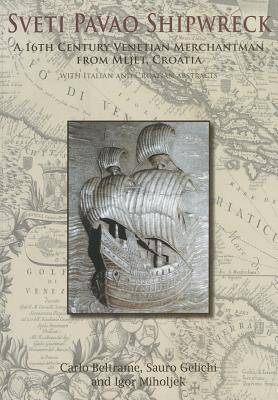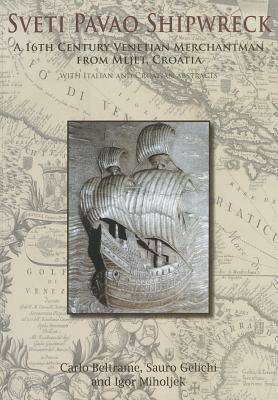
- Afhalen na 1 uur in een winkel met voorraad
- Gratis thuislevering in België vanaf € 30
- Ruim aanbod met 7 miljoen producten
- Afhalen na 1 uur in een winkel met voorraad
- Gratis thuislevering in België vanaf € 30
- Ruim aanbod met 7 miljoen producten
Zoeken
Sveti Pavao Shipwreck
A 16th Century Venetian Merchantman from Mljet, Croatia
Carlo Beltrame, Sauro Gelichi, Igor Miholjek
Paperback | Engels
€ 66,95
+ 133 punten
Omschrijving
Between 2007 and 2012 the Department for Underwater Archaeology of the Croatian Conservation Institute from Zagreb and the Department of Humanistic Studies of the Ca' Foscari University of Venice collaborated in the recording, underwater excavation and analysis of the unusually well-preserved wreck of a 16th century Venetian merchantman in the Sveti Pavao shallow off the southern shore of the island of Mljet, Croatia. The shipwreck preserved many personal possessions of the crew as well as a number of bronze artillery pieces and the remains of a cargo of luxury and richly decorated ceramic material from Iznik and other oriental workshops.
Although the excavation is not complete, this volume presents the results of the project so far. The methodological and technical aspects of the underwater investigation of the site, mainly by photogrammetry, are described; the historical and archaeological context of navigation in the late Medieval period in the eastern Mediterranean discussed; and the recovered artefacts described and catalogued in detail, together with the remains of the ship and its equipment that, because of depth and of problems of conservation, have been left in situ. The conservation and restoration of the finds are described in an appendix.
Although the excavation is not complete, this volume presents the results of the project so far. The methodological and technical aspects of the underwater investigation of the site, mainly by photogrammetry, are described; the historical and archaeological context of navigation in the late Medieval period in the eastern Mediterranean discussed; and the recovered artefacts described and catalogued in detail, together with the remains of the ship and its equipment that, because of depth and of problems of conservation, have been left in situ. The conservation and restoration of the finds are described in an appendix.
Specificaties
Betrokkenen
- Auteur(s):
- Uitgeverij:
Inhoud
- Aantal bladzijden:
- 180
- Taal:
- Engels
Eigenschappen
- Productcode (EAN):
- 9781782977063
- Verschijningsdatum:
- 3/07/2014
- Uitvoering:
- Paperback
- Formaat:
- Trade paperback (VS)
- Afmetingen:
- 208 mm x 295 mm
- Gewicht:
- 725 g

Alleen bij Standaard Boekhandel
+ 133 punten op je klantenkaart van Standaard Boekhandel
Beoordelingen
We publiceren alleen reviews die voldoen aan de voorwaarden voor reviews. Bekijk onze voorwaarden voor reviews.











